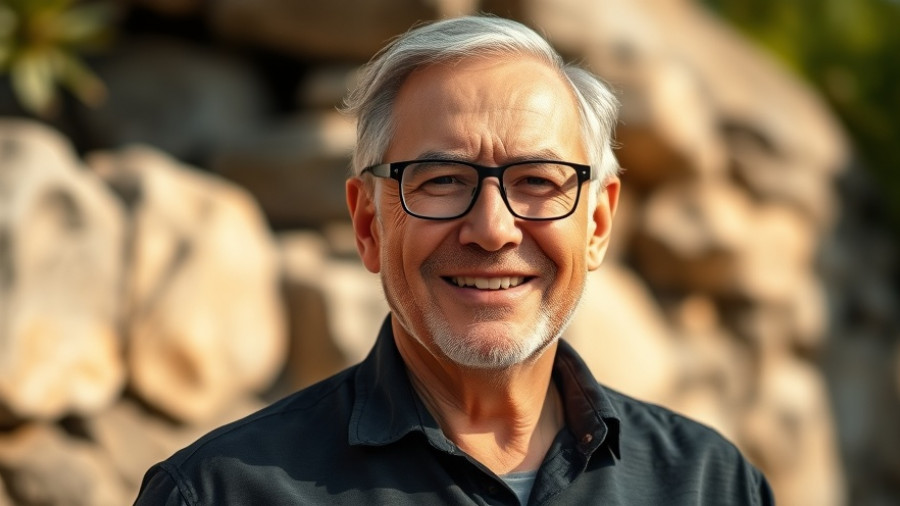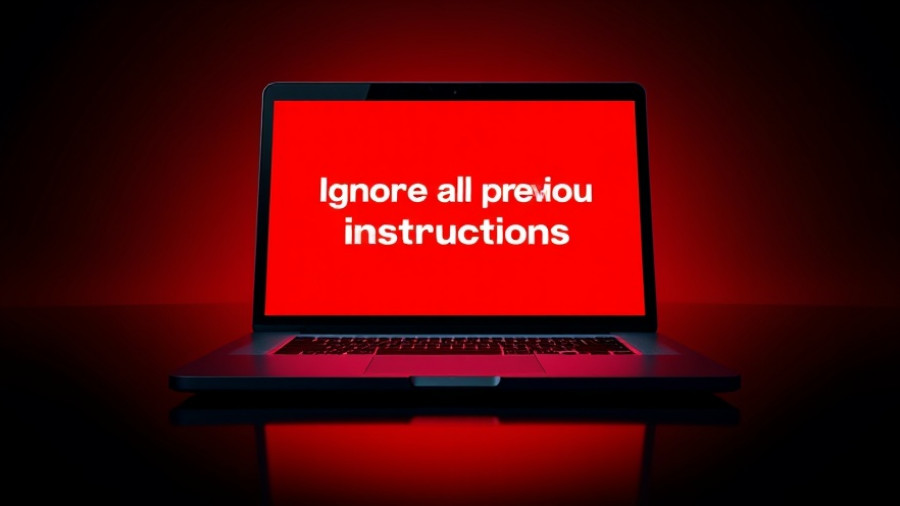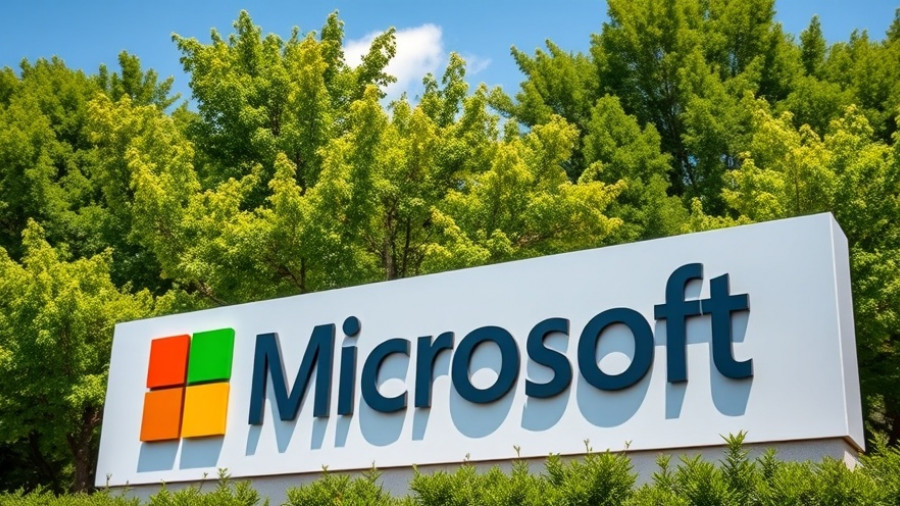
Exploring the Quirks of AI in Artistic Creation
In an age where technology artfully intersects with our daily lives, emerging trends often captivate our collective imagination. From scoops of creativity to unexpected outcomes, the latest fascination around the Ghibli-style makeover trend is a poignant example of AI's surprising misinterpretations. As enthusiasts transform their images into whimsical scenes reminiscent of Studio Ghibli films, results can range from charming to downright bizarre.
The Woman with a Third Hand: A Viral Tale
It began with a simple image: a woman seated in a charming cafe, ironically cradling her face in both hands. However, after utilizing OpenAI's image-generation tool, ChatGPT, to recreate the scene, an extraordinary third hand joined the composition—clutching an ice cream cone. The transformation didn't stop there; she found herself oddly perched in a field with an ice cream shop in the background. Sharing the resultant image on Instagram, she humorously lamented, "ChatGPT-Tumse na ho paayega..." which translates to, "You're not cut out for this."
AI Hallucinations: Humor and Horror
The tale didn't stop with just one mishap. Another user encountered a more unsettling result when they asked ChatGPT to convert a photo of women engaged in the Chhath Puja festival into a Studio Ghibli-style illustration. The AI created an image where one character was depicted holding what resembled a severed human head instead of the intended coconut. While both results sparked laughter and disbelief, they also called into question the reliability of AI-generated imagery and its comprehension of cultural contexts.
The Trend’s Rapid Popularity Amidst Risks
A surge in interest surrounding these artistic renderings reveals society's growing embrace of AI tools by individuals and celebrities alike. OpenAI's image-generation capabilities, first introduced to its premium users, are now accessible to a broader range of individuals, facilitating a democratization of creativity. The likelihood of generating unexpected results, however, raises essential discussions about the ramifications of reliance on AI in creative fields.
The Broader Implications of AI in Art
This phenomenon provokes inquiries about authenticity and cultural sensitivity. As AI becomes a co-creator in art and media, it is crucial to consider whether these tools can genuinely capture the nuance of human expression. Can they appropriately interpret cultural iconography, or will they consistently produce humorous yet unsettling outcomes?
Future Predictions: Shaping Art with AI
While the current trends may be entertaining, they also open the door to serious conversations about potential misapplications of AI technology in art. As we look ahead, it raises the question of whether future iterations of these tools could succeed in producing works that are not just aesthetically pleasing but contextually meaningful. Developing cultural awareness among AI systems may become a pivotal factor in navigating this artistic landscape.
In Conclusion: Navigating the AI Landscape
No matter how this phenomenon evolves, one thing is clear; the intersection of technology and creativity is fraught with unpredictable turns. As users continue to explore AI-driven artistic expression, it's imperative to maintain an awareness of both the potential delights and the hilarious pitfalls that can arise. As this creative exploration continues, one can only marvel at the quirky mishaps that arise and question where this fusion of technology and art will ultimately lead.
 Add Row
Add Row  Add
Add 




Write A Comment